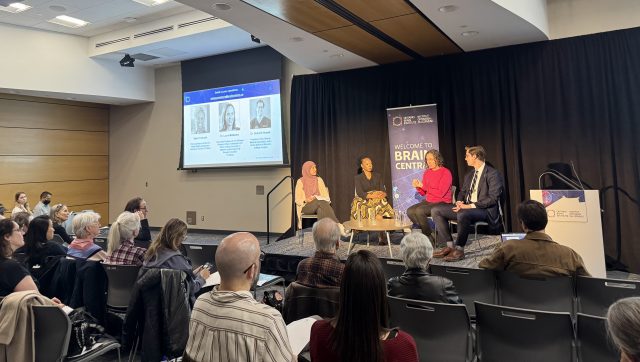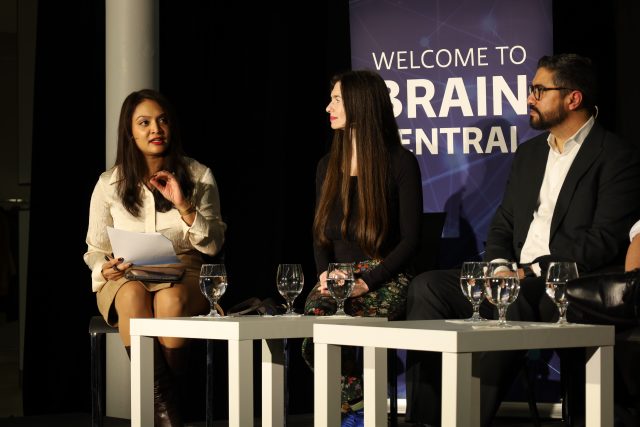
Big data means many things to different people, but most agree that more data means better information leading to better decision making. Take Netflix as an example. It gathers tons of data from our watching habits and uses it to provide personalized recommendations and develop new content to improve the user experience. Healthcare is not Netflix, but can we borrow their approach to ensure that data is used more effectively to improve people’s experience? To start, we need to rethink how we collect and use research data. This is why the Ontario Brain Institute and our partners have developed our data platform called Brain-CODE.
In healthcare, all data is potentially useful. Consider the range and diversity of data routinely gathered from people. Test results, radiology scans, doctor’s notes, hospital records, and surgical specimens, all are important pieces of information relevant to the care of an individual. Think of how this data is used when visiting a doctor for your annual checkup or screening.
However, there is another opportunity for that data to improve decision making or care for entire populations. Going back to the Netflix example, their recommendation engine is driven by aggregated data from millions of users yet it helps decide which shows to produce for their entire audience. Similarly, healthcare data pooled from entire populations can provide new ways of assessing the effectiveness of a new treatment or a system of care. Given the international push for open science and data sharing, the entire medical community can use ‘big data’, or data pooled from everywhere to identify trends or test the effectiveness of a treatment in the real world.
We live a data-driven world and are accustomed to our smart devices seamlessly interacting with all other systems effortlessly. One would normally expect this same experience with perhaps our most prized data- the data related to our health. Ideally, it would be accessible to any provider involved in your care and of course to yourself. The reality though is far from seamless. Testing methods differ, older hospital and provider data systems aren’t able to talk with newer systems, standards for data are inconsistent and there is no centralized clearinghouse to track patient permissions and consent. Laboratory data and test results are closer to share-ability, but data platforms are not typically conducive to cross-patient sharing or aggregated analyses.
So, how do we make healthcare data accessible and useful like the data collected from your favorite TV streaming service?
We have developed a solution called Brain-CODE—a research data platform purpose—built for widespread data sharing, standardization, and data analysis. It has extensive capabilities for data federation, i.e. seamlessly connect similar data resources from around the world. It has huge and unique capabilities to examine populations of patient research data with privacy and security built in from the ground up. It is our attempt to try to bridge the gap between the personal electronic health record form held by a single provider and the population as a whole.
Through Brain-CODE, researchers are able to champion the open science movement by contributing their own data as well as accessing more than one could gather alone. In fact, data gathered from our research programs are being made open and accessible to ensure its continual use. Through this collaborative effort we hope to see new research questions being asked, old questions finally answered, and ultimately new treatments and systems of care emerge.
Although ‘big data’ is poised to transform the healthcare sector, there is still a long way to go before its power to predict health trajectories and recommend treatments is realized. But there are international efforts under development, including Brain-CODE, that will link, share, and analyze data. When this works, perhaps then healthcare will be as good as Netflix.


